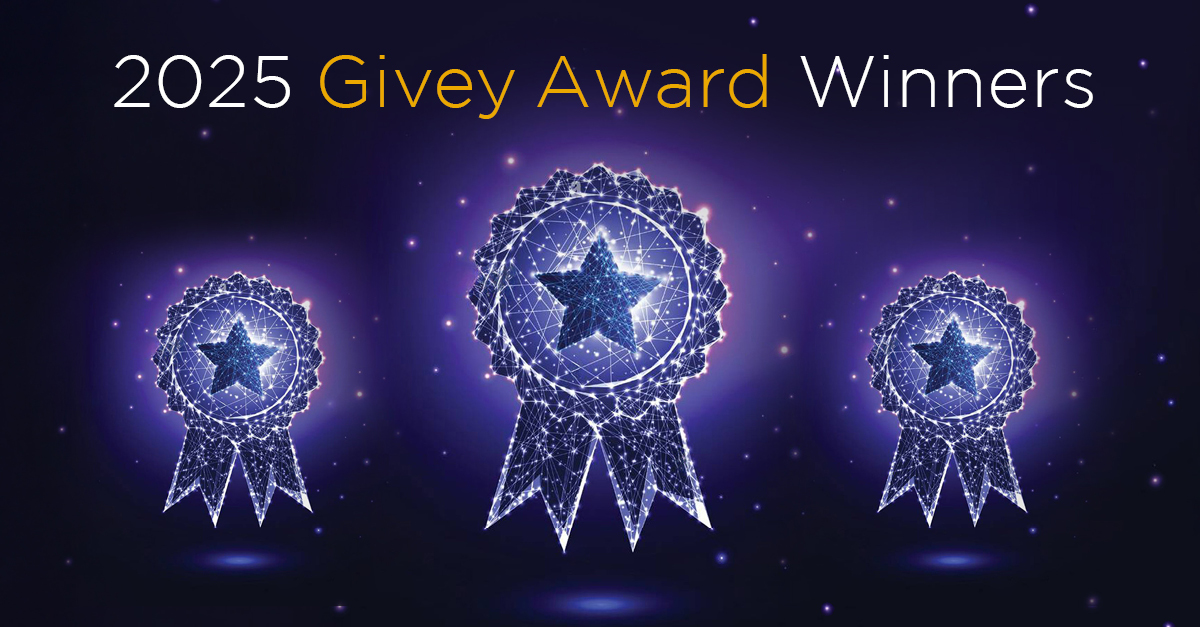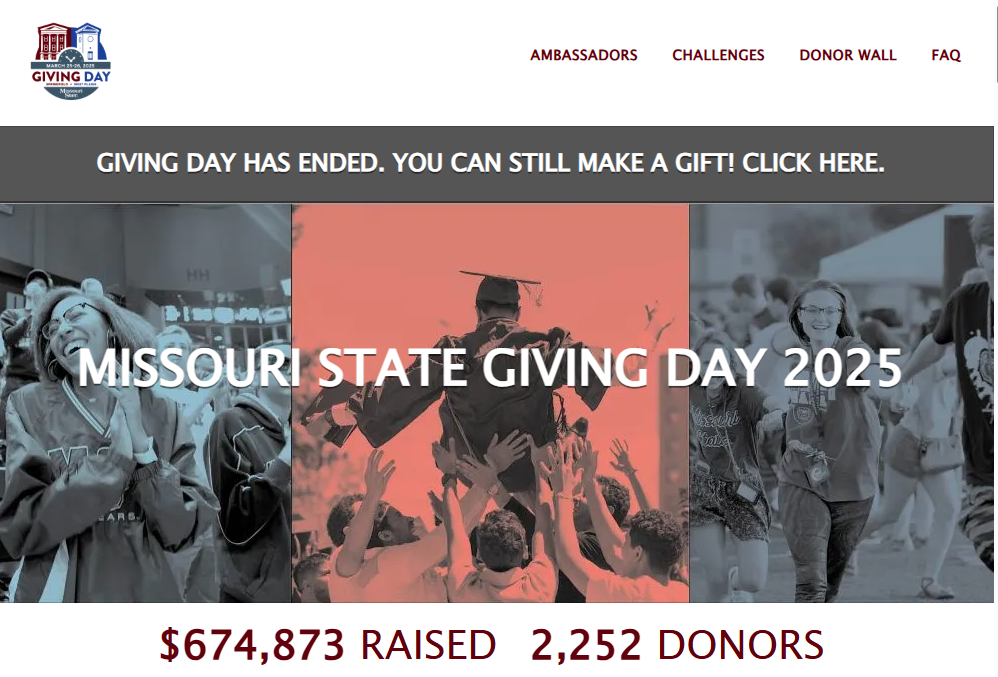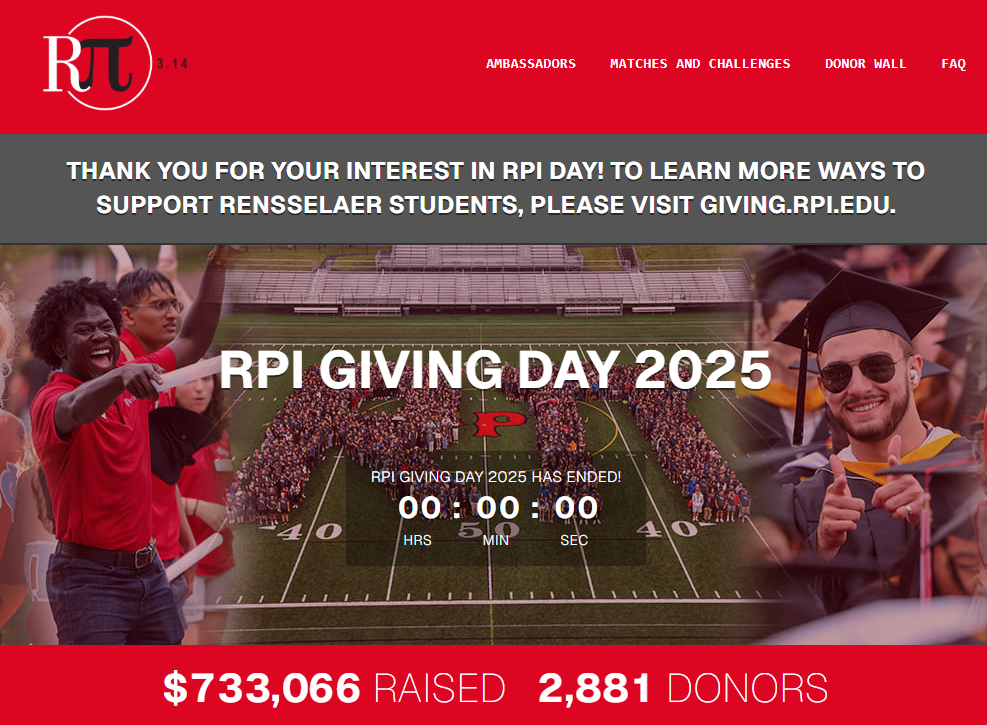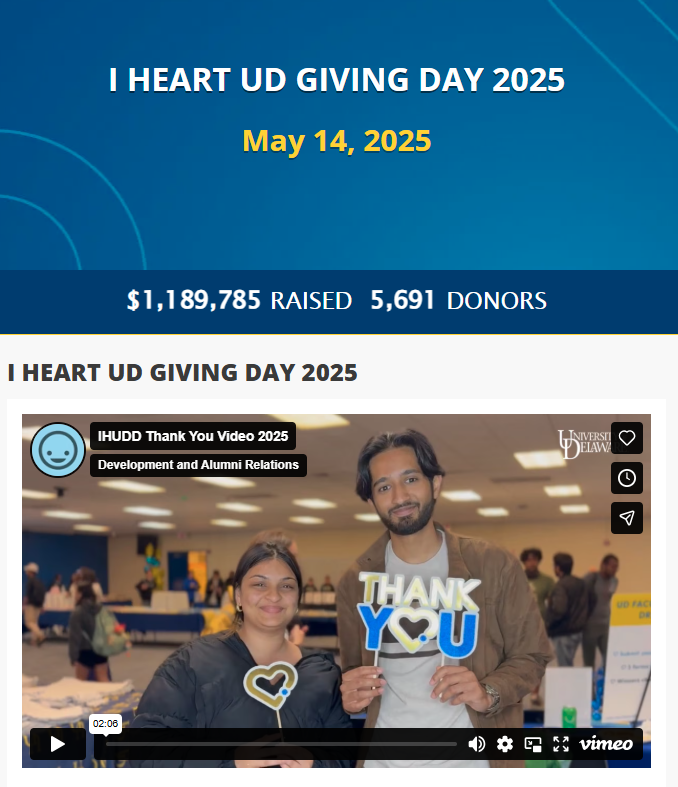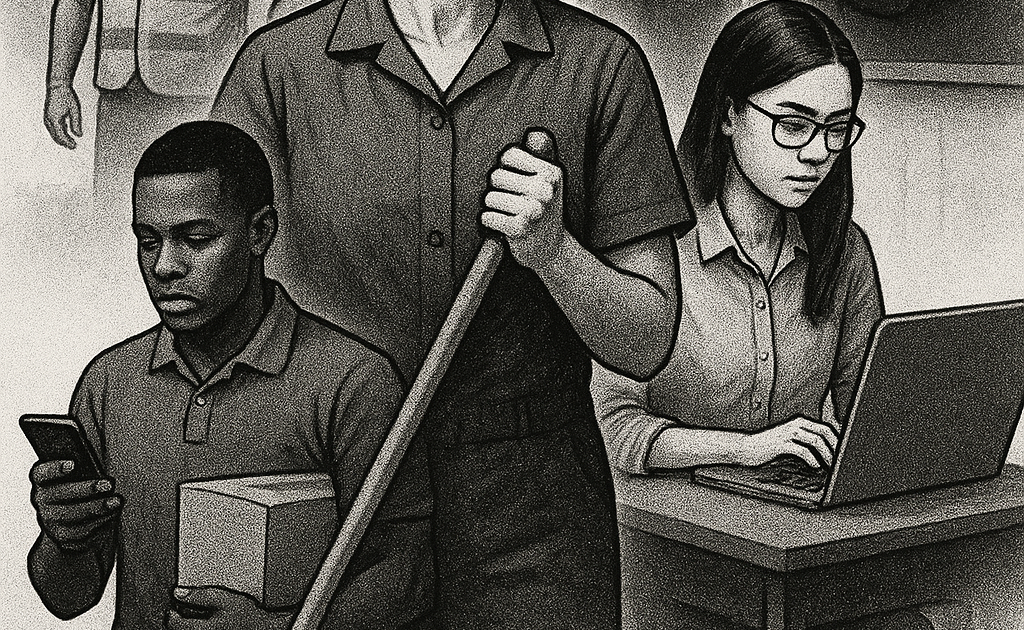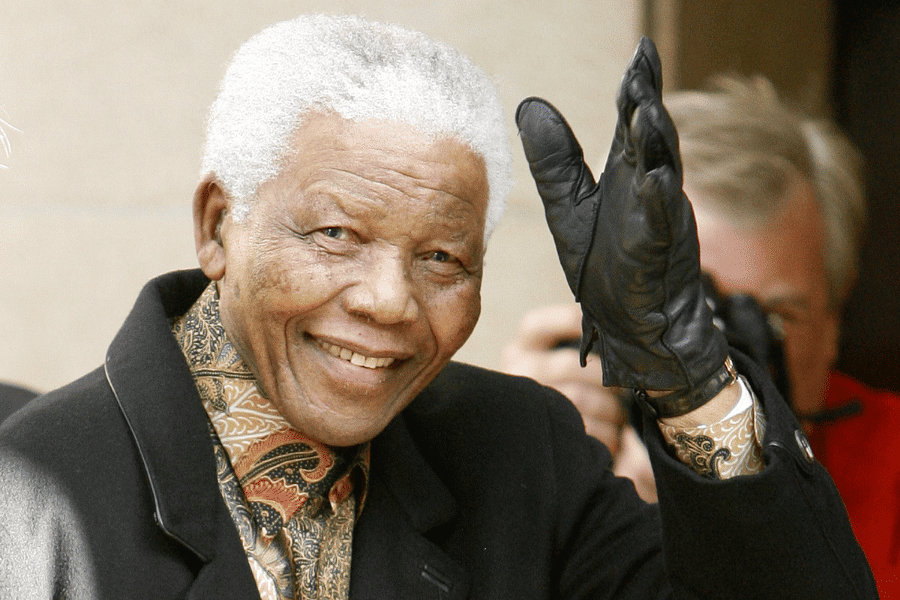When districts adopt evidence-based practices like Structured Literacy, it’s often with a surge of excitement and momentum. Yet the real challenge lies not in the initial adoption, but in sustaining and scaling these practices to create lasting instructional change. That’s the point at which implementation science enters the picture. It offers a practical, research-backed framework to help district leaders move from one-time initiatives to systemwide transformation.
Defining the “how” of implementation
Implementation science is the study of methods and strategies that support the systematic uptake of evidence-based practices. In the context of literacy, it provides a roadmap for translating the science of reading, based on decades of cognitive research, into day-to-day instructional routines.
Without this roadmap, even the most well-intentioned literacy reforms struggle to take root. Strong ideas alone are not enough; educators need clear structures, ongoing support, and the ability to adapt while maintaining fidelity to the research. Implementation science brings order to change management and helps schools move from isolated professional learning sessions to sustainable, embedded practices.
Common missteps and how to avoid them
One of the most common misconceptions among school systems is that simply purchasing high-quality instructional materials or delivering gold-standard professional learning, like Lexia LETRS, is enough. While these are essential components, they’re only part of the equation. What’s often missing is a focus on aligned leadership, strategic coaching, data-informed decisions, and systemwide coordination.
Another frequent misstep is viewing Structured Literacy as a rigid, one-size-fits-all approach. In reality, it is a set of adaptable practices rooted in the foundational elements of reading: Phonemic awareness, phonics, fluency, vocabulary, and comprehension. Effective implementation requires both structure and flexibility, guided by tools like the Active Implementation Formula or NIRN’s Hexagon Tool.
District leaders must also rethink their approach to leadership. Instructional change doesn’t happen in a vacuum or stay confined to the classroom. Leaders at every level–from building principals to regional directors–need to be equipped not just as managers, but as implementation champions.
Overcoming initiative fatigue
Initiative fatigue is real. Educators are weary of the pendulum swings that often characterize educational reform. What’s new today may feel like a rebranded version of yesterday’s trend. Implementation science helps mitigate this fatigue by building clear, supportive structures that promote consistency over time.
Fragmented professional learning is another barrier. Educators need more than one-off workshops–they need coherent, job-embedded coaching and opportunities to reflect, revise, and grow. Coaching plays a pivotal role here. It serves as the bridge between theory and practice, offering modeling, feedback, and emotional support that help educators build confidence and capacity.
Building sustainable systems
Sustainability starts with readiness. Before launching a Structured Literacy initiative, district leaders should assess their systems. Do they have the right people, processes, and tools in place? Have they clearly defined roles and responsibilities for everyone involved, from classroom teachers to district office staff?
Implementation teams are essential. These cross-functional groups help drive the work forward, break down silos, and ensure alignment across departments. Successful districts also make implementation part of their onboarding process, so new staff are immersed in the district’s instructional vision from day one.
Flexibility is important, too. No two schools or communities are the same. A rural elementary school might need different pacing or grouping strategies than a large urban middle school. Implementation science supports this kind of contextual adaptation without compromising core instructional principles.
Measuring progress beyond test scores
While student outcomes are the ultimate goal, they’re not the only metric that matters. Districts should also track implementation fidelity, educator engagement, and coaching effectiveness. Are teachers confident in delivering instruction? Are they seeing shifts in their students’ engagement and performance? Are systems in place to sustain these changes even when staff turnover occurs?
Dashboards, coaching logs, survey tools, and walkthroughs can all help paint a clearer picture. These tools also help identify bottlenecks and areas in need of adjustment, fostering a culture of continuous improvement.
Equity at the center
Implementation science also ensures that Structured Literacy practices are delivered equitably. This means all students, regardless of language, ability, or zip code, receive high-quality, evidence-based instruction.
For multilingual learners, this includes embedding explicit vocabulary instruction, oral language development, and culturally responsive scaffolding. For students with disabilities, Structured Literacy provides a clear and accessible pathway that often improves outcomes significantly. The key is to start with universal design principles and build from there, customizing without compromising.
The role of leadership
Finally, none of this is possible without strong leadership. Implementation must be treated as a leadership competency, not a technical task to be delegated. Leaders must shield initiatives from political noise, articulate a long-term vision, and foster psychological safety so that staff can try, fail, learn, and grow.
As we’ve seen in states like Mississippi and South Carolina, real gains come from enduring efforts, not quick fixes. Implementation science helps district leaders make that shift–from momentum to endurance, from isolated success to systemic change.



